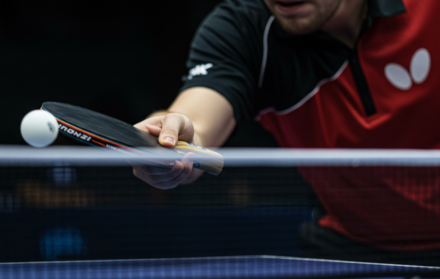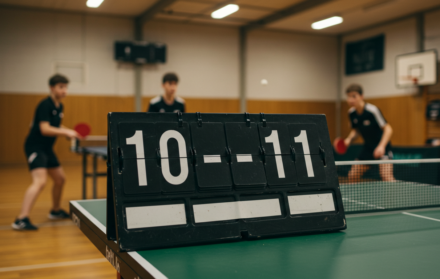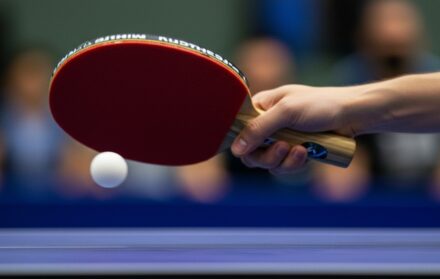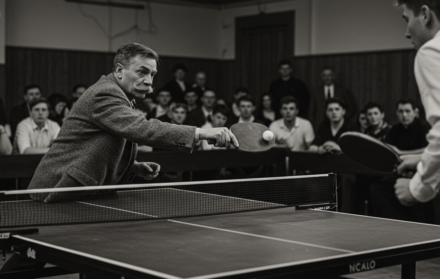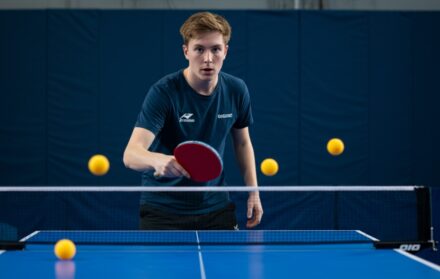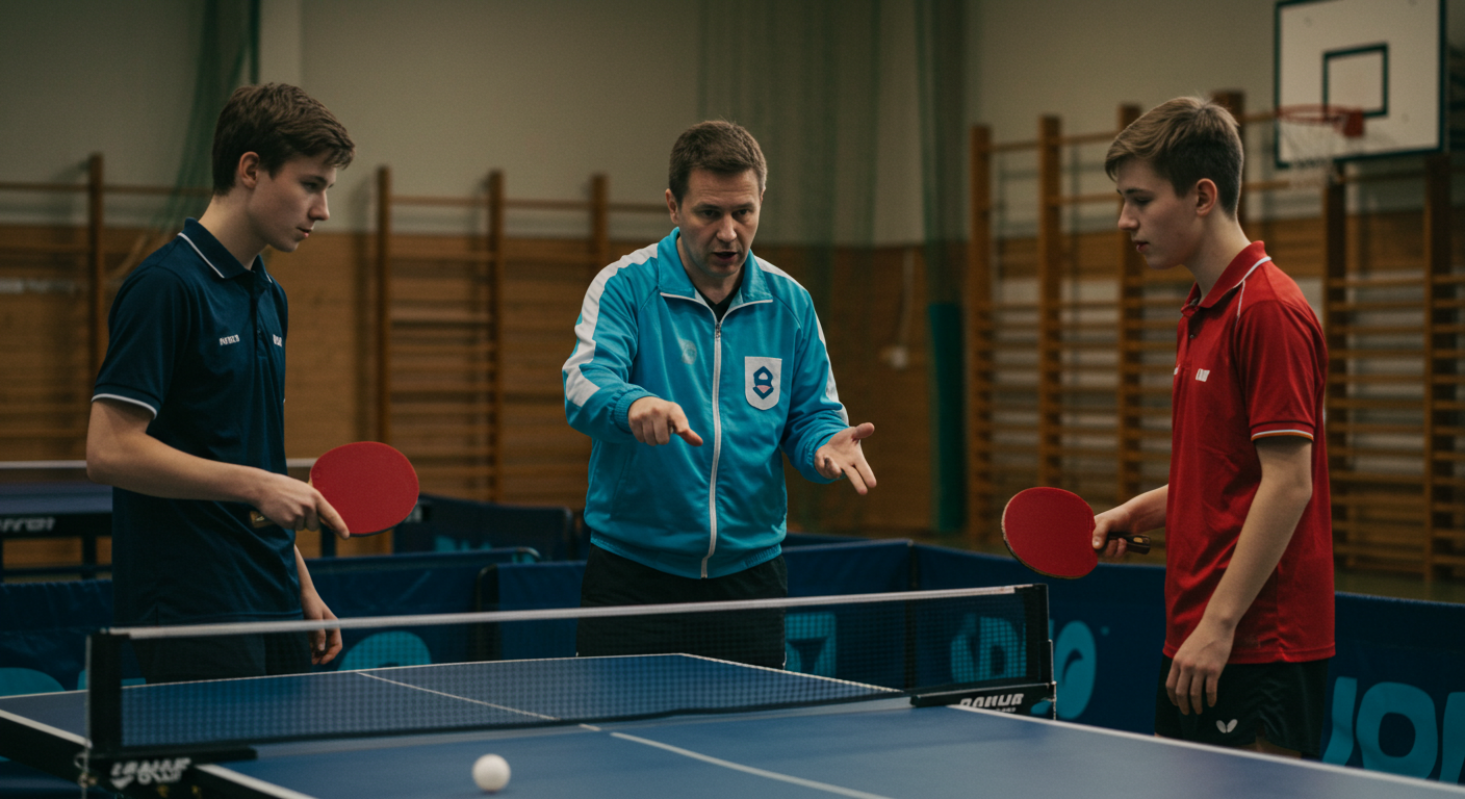
What are the official rules of table tennis?
Table tennis is a fast-paced, strategic sport that millions play around the world. Whether casually at home or professionally on the global stage, it all comes down to the rules. Knowing the official rules of table tennis is essential if you want to play correctly, avoid disputes, or take your game to the next level.
In this in-depth guide, we will cover all the core rules of table tennis as set by the International Table Tennis Federation (ITTF), including equipment, scoring, service, gameplay, and doubles rules.
Introduction to Table Tennis Rules

The official rules of table tennis are governed by the ITTF and are followed in all competitive settings. However, these same rules are also useful for club-level and recreational players who want to play fair and structured matches.
The game is simple on the surface: hit the ball back and forth until someone misses. But once you dive into the official rules, you will see there is a lot more structure to how a match is played.
Equipment and Setup
Before a match begins, everything must meet standard regulations. Here are the official requirements:
The Table
-
The table must be 2.74 meters long, 1.525 meters wide, and 76 cm high.
-
It must be dark-colored with a matte finish.
-
It should have a 2 cm white line along all four edges and a center line for doubles.
The Net
-
The net must be 15.25 cm high and stretch across the width of the table.
-
It includes the net itself, the supporting posts, and the clamps.
The Ball
-
The ball must be spherical with a diameter of 40 mm.
-
It must weigh 2.7 grams.
-
It is typically made of plastic and colored white or orange.
The Racket (Bat or Paddle)
-
The racket can be any size, shape, or weight.
-
One side must be red and the other black.
-
It must have approved rubber covering on each side.
Match Format and Game Structure
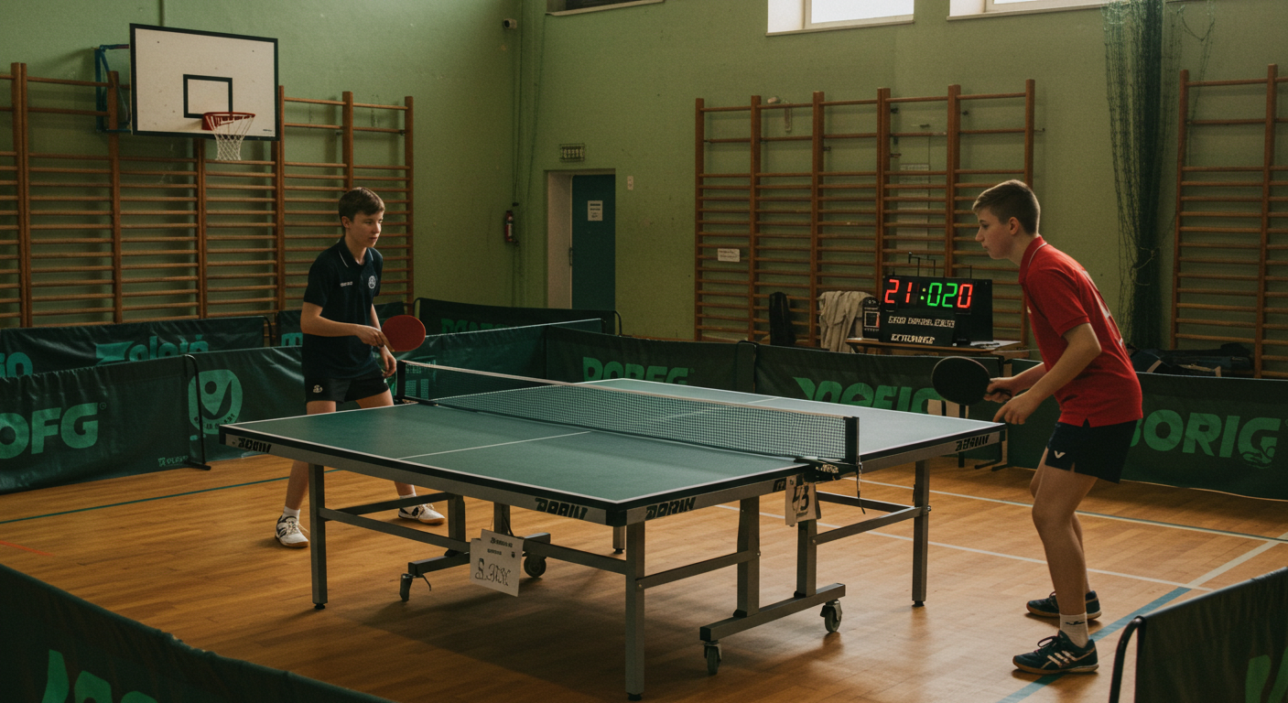
Singles Matches
-
A match is usually played in a best-of-5 or best-of-7 format.
-
Each game goes to 11 points.
-
Players must win by a margin of at least 2 points.
Doubles Matches
-
Same scoring system as singles.
-
Teams alternate shots during rallies.
-
The service must always go diagonally, from the server’s right-hand box to the opponent’s right-hand box.
Scoring Rules
How Points Are Scored
You score a point if your opponent:
-
Fails to make a correct service.
-
Fails to return the ball correctly.
-
Lets the ball bounce more than once on their side.
-
Hits the ball off the table without touching it.
-
Hits the ball before it bounces on their side.
-
Touches the table with their free hand.
-
Moves the table during play.
When to Switch Ends
-
Players switch ends after each game.
-
In the final game (if the match goes to the deciding game), players switch ends again when the first player reaches 5 points.
Service Rules
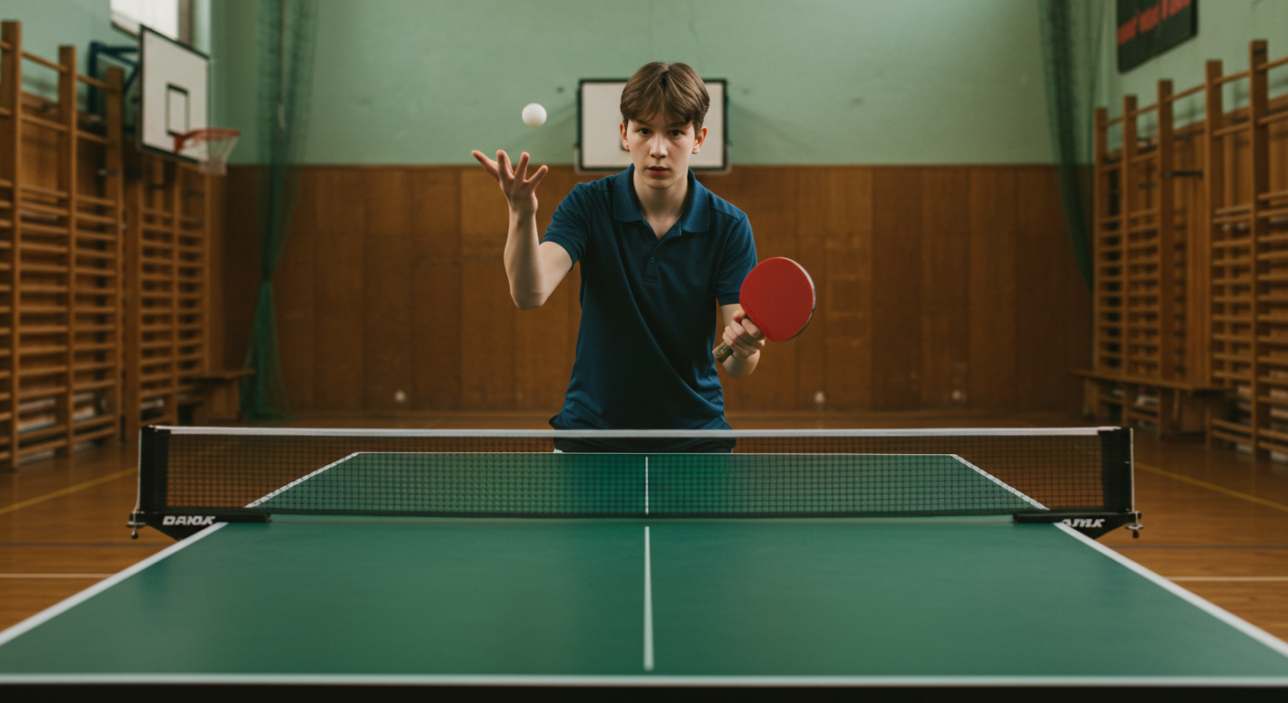
The serve is one of the most tightly regulated parts of table tennis. Here are the official rules:
Legal Serve
-
The ball must rest freely on the open palm of the server’s hand.
-
The ball must be thrown vertically at least 16 cm (about 6 inches) without spin.
-
The ball must be struck as it descends, behind the end line and above the level of the playing surface.
-
The ball must first bounce on the server’s side, then on the receiver’s side.
Let Serve
-
If the serve hits the net but lands correctly, it is called a “let” and is replayed.
-
There is no limit to the number of let serves allowed.
Order of Serving
-
Players alternate serves every 2 points.
-
At 10-10 (deuce), service alternates after each point.
-
In doubles, players must serve diagonally and alternate service turns in a specific order.
Rules for Receiving and Rallies
The Return
-
The receiver must allow the ball to bounce once before hitting it.
-
The return must go over or around the net and bounce on the opponent’s side.
-
Players alternate hitting the ball in a rally until one fails to return it correctly.
Rally Continuation
-
The ball must not be volleyed (hit before it bounces).
-
The ball may touch the net during play, as long as it lands correctly.
-
If the ball touches the edge of the opponent’s table, it is still in play.
Doubles-Specific Rules
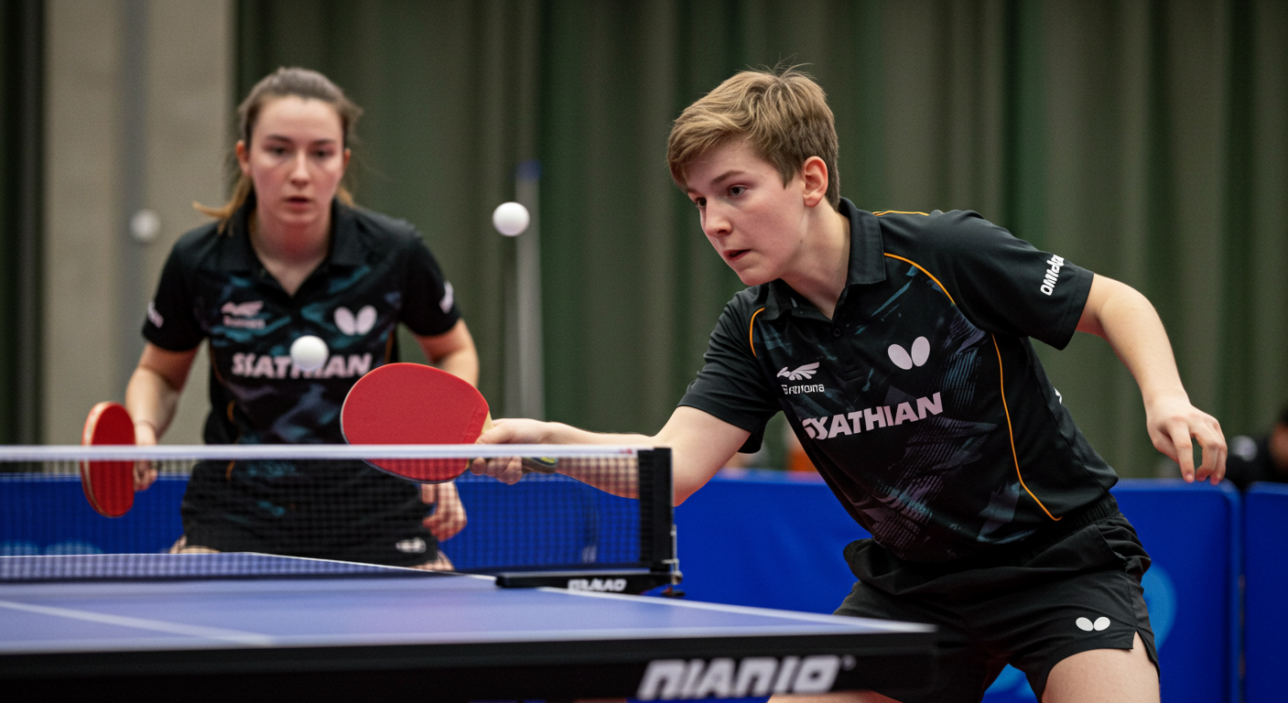
Doubles play has a few unique rules that differ from singles:
Serving in Doubles
-
The serve must always go from the server’s right-hand box to the receiver’s right-hand box.
-
Partners must take turns serving.
Returning in Doubles
-
After the serve, players must alternate hits.
-
For example: Player A serves, Player C returns, Player B hits, Player D hits, and so on.
Switching Sides
-
Teams switch sides after each game.
-
In the final game, they switch sides again when one team reaches 5 points.
Legal and Illegal Moves
What Is Legal
-
Hitting the ball after one bounce.
-
Using any part of the racket to return the ball.
-
Edge balls are legal, even if they barely graze the corner.
-
Touching the ball with the racket hand (as long as you don’t interfere with the table).
What Is Not Legal
-
Hitting the ball before it bounces on your side (a volley).
-
Using your non-racket hand to touch the table.
-
Moving or shaking the table during play.
-
Serving illegally (e.g. tossing the ball too low or spinning it).
Timeout and Rest Rules
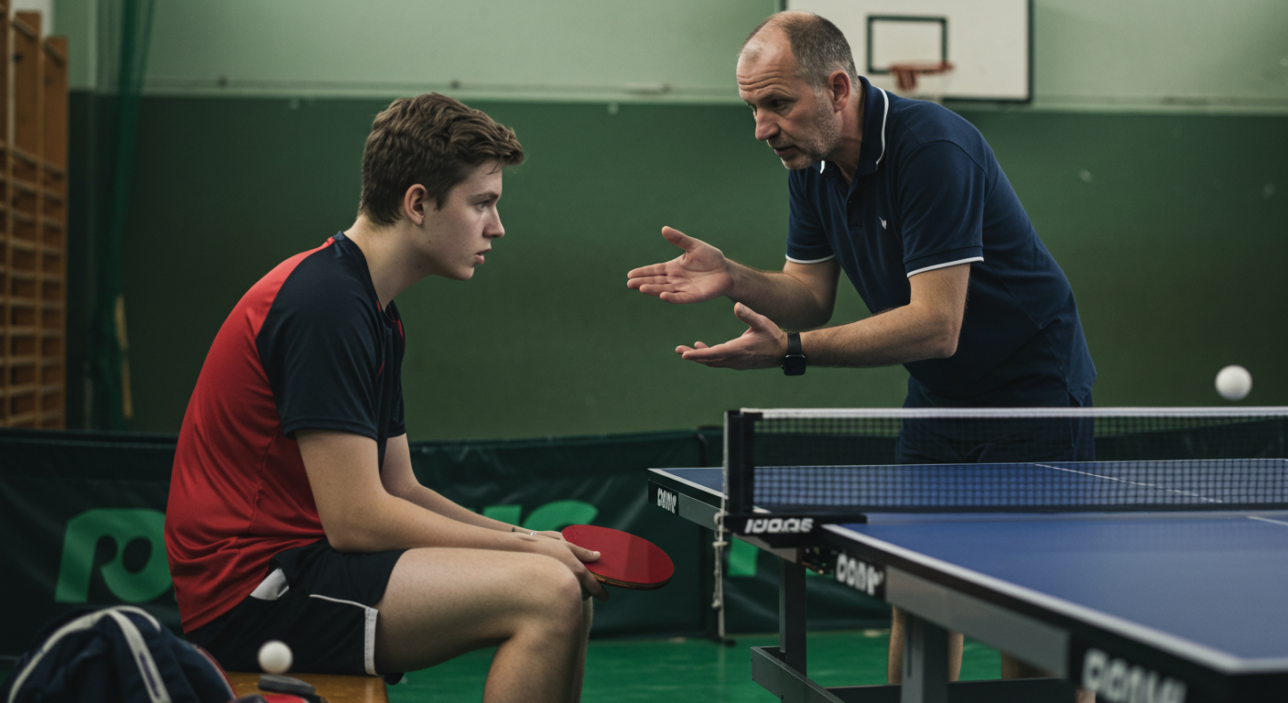
Between Games
-
Players are allowed up to 1 minute of rest between games.
Timeouts
-
Each player or team may request one 1-minute timeout per match.
Letting Time Pass (Stalling)
-
If a player deliberately delays the game, the umpire may issue a warning or penalty.
Role of the Umpire
In professional matches, an umpire and assistant umpire oversee the game. Their responsibilities include:
-
Judging whether serves are legal.
-
Calling lets and faults.
-
Keeping score.
-
Timing rest breaks and timeouts.
-
Deciding on disputes.
Their decision is final during play. However, in elite tournaments, players may appeal certain decisions to the tournament referee.
Handling Disputes and Rule Clarifications
In friendly play, disputes can arise. Here are some best practices:
-
Re-play the point if there’s uncertainty.
-
Agree on serve order and scoring before starting.
-
Keep calm and use a printed or online rule reference if needed.
In official competitions, all rules follow ITTF guidelines, and umpires are trained to make decisions fairly.
Edge Cases and Lesser-Known Rules
Even experienced players might be surprised by some of these lesser-known rules:
Double Hit Rule
-
If the ball touches your racket hand twice unintentionally in one stroke, it is legal.
Bat Drop Rule
-
If you drop your racket and still return the ball legally, the point counts.
Broken Ball Rule
-
If the ball breaks during a rally, the point is stopped and replayed.
Touching the Net
-
You cannot touch the net or net post during play.
Table Tennis Rule Changes Over the Years

The rules of table tennis have changed over time to improve fairness and entertainment value. Some major changes include:
-
Ball size increased from 38 mm to 40 mm in 2000.
-
Scoring changed from 21-point games to 11-point games in 2001.
-
Service rule requiring visible toss was added in the 2000s to reduce hidden serves.
-
Plastic balls replaced celluloid for safety and consistency in the 2010s.
These changes have shaped the modern game and made it more accessible and spectator-friendly.
How to Practice the Rules
If you are new to the game, here are a few tips to get comfortable with the rules:
-
Watch professional matches on YouTube to see rules in action.
-
Use a rules checklist during casual games.
-
Practice legal serving by recording yourself or using a mirror.
-
Play with experienced players who can guide you.
-
Join a local table tennis club that follows official rules.
Once you build rule knowledge into your muscle memory, the game becomes more fluid and enjoyable.
Final Thoughts: What are the official rules of table tennis?
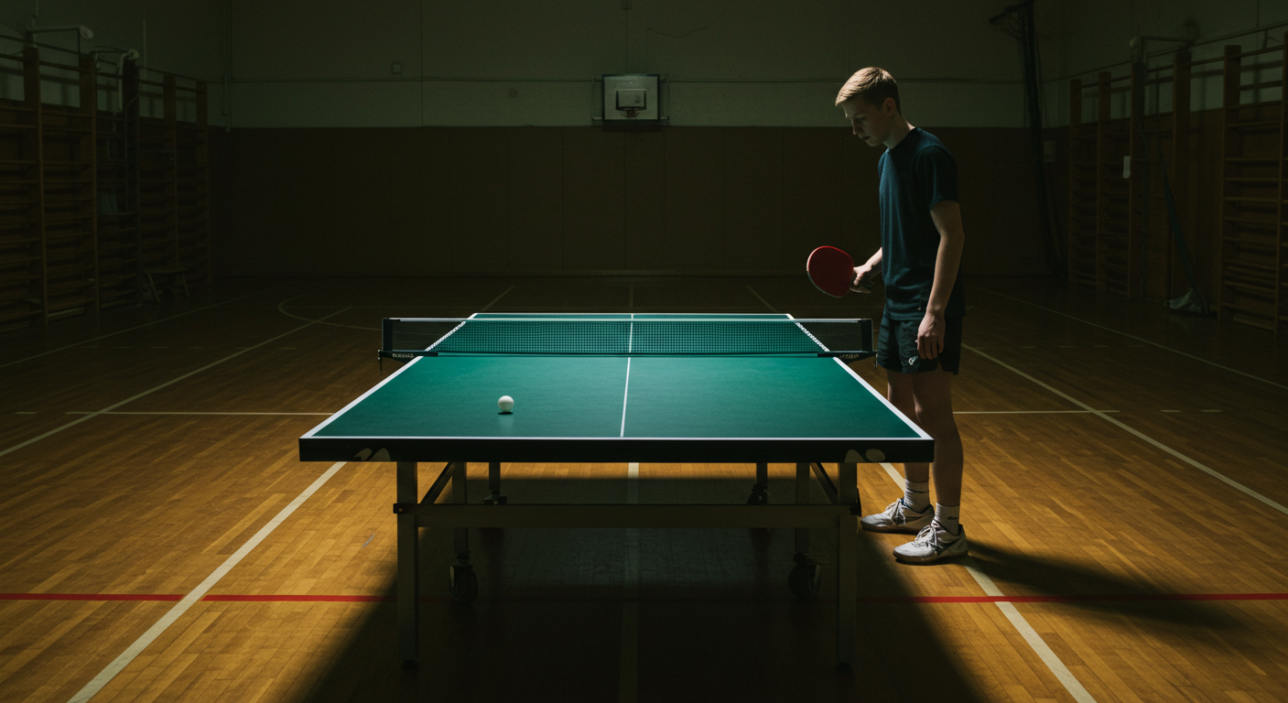
Understanding what the official rules of table tennis are gives you a solid foundation for playing correctly, improving your skills, and entering competitive environments with confidence.
From how to serve and score to how doubles works and what counts as a fault, every rule helps make the game fair, fast, and fun. Whether you’re a beginner or an aspiring club player, mastering the rules will elevate your game and help you avoid frustrating mistakes.
FAQs About Table Tennis Rules
1. How high must the ball be tossed during a legal serve?
It must be thrown at least 16 cm (about 6 inches) straight up from the open palm.
2. Can the ball touch the net during a rally?
Yes. As long as it lands on the opponent’s side, it’s still in play.
3. Can I win a point on my own serve?
Yes. Points are scored regardless of who is serving.
4. What happens at deuce (10-10)?
Players alternate serves every point until one player leads by 2.
5. What is a let serve?
A let serve occurs when the ball touches the net but still lands legally. It is replayed.
6. Do I lose a point if I accidentally touch the table?
You only lose the point if you touch the playing surface with your non-racket hand or if you move the table.
